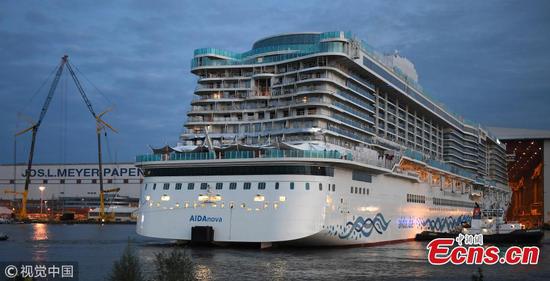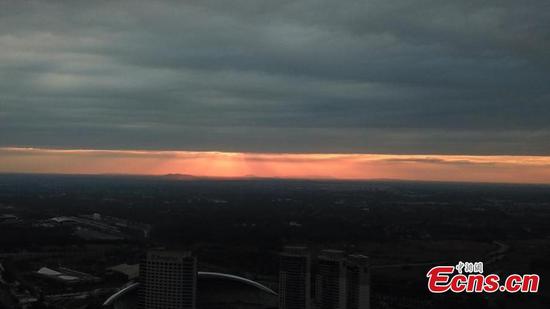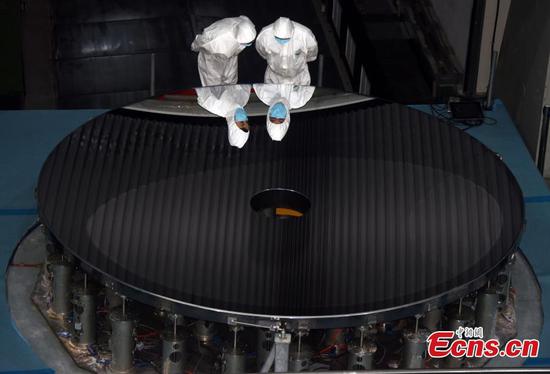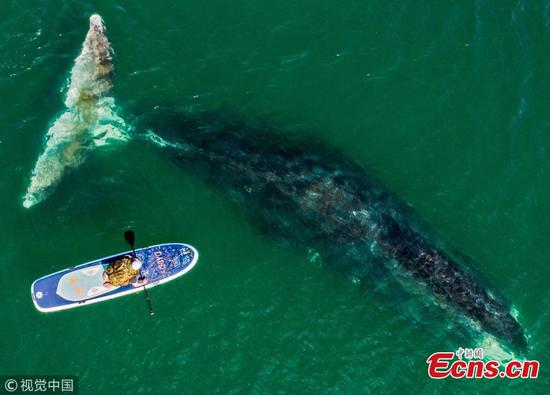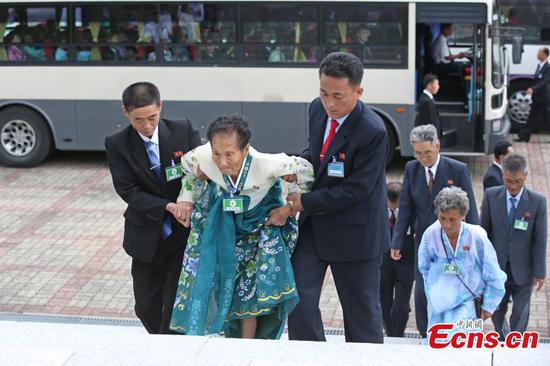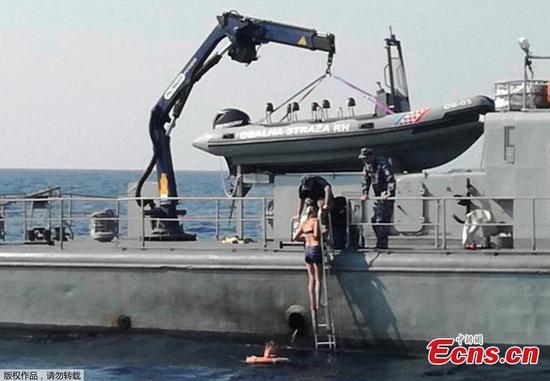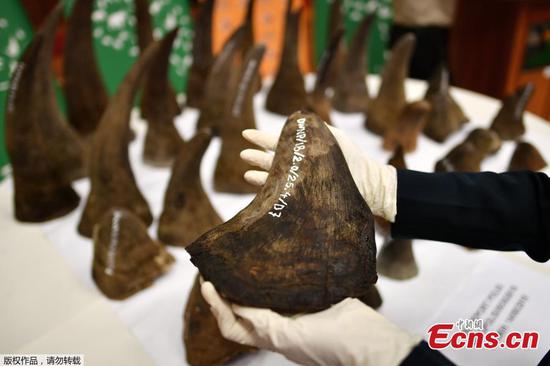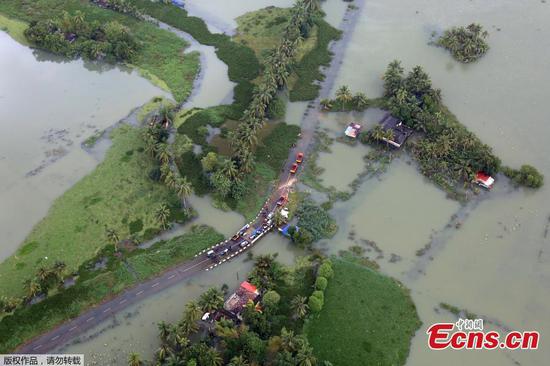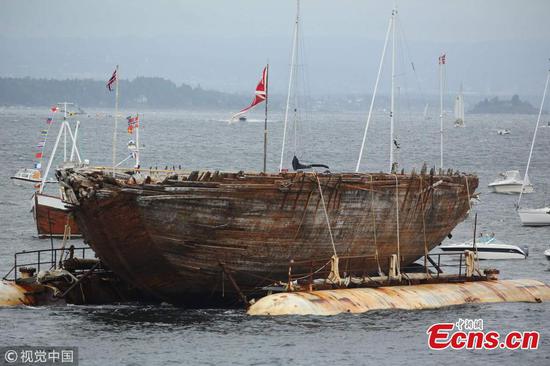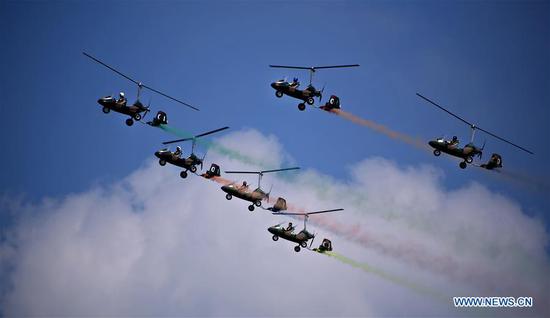The U.S. Air Force will deploy five Osprey transport aircraft at Yokota Air Base in the suburbs of Tokyo in October as part of a wider plan to introduce 10 of the controversial tilt-rotor aircraft to the base in the coming years, the Defense Ministry said in Tokyo Wednesday.
Japan's Defense Ministry has provided little details about the deployment citing military classification, but is in favor of the move as the aircraft will quickly be able to respond to contingencies and deploy U.S. special force personnel if and when deemed necessary.
The Defense Ministry was quoted as saying that the latest deployment will contribute to enhancing responses by the Japan-U.S. alliance to "various circumstances," with the U.S. side saying the planes will undergo a number of landing and takeoff, supply air-drop and night flying drills around the Yokota base, as reported by local media.
The deployment of the aircraft, which can take off and land like a helicopter and fly like a fixed-winged plane has concerned citizens across Japan due to its checkered safety history since its developmental phase.
The concerns have been intensified by the Defense Ministry saying it plans to deploy 17 Ospreys to be utilized by Japan's Ground Self-Defense Force (GSDF) at Saga Airport in Japan's southwest.
Of late, further to the ire of Japanese citizens, Japanese forces have been making increased use of Saga Airport, which is predominantly a civilian airport.
In terms of the residents' justifiable concerns and in light of the planes' less than stellar safety history, the planned acquisition and deployment of more Ospreys has reignited fears about the planes' safety.
A U.S. Marine Corps MV-22 Osprey made an emergency landing in Japan's Oita Prefecture, on the eastern coast of Kyushu, in August 2017, with a similar plane making a crash-landing off Nago in Okinawa in December 2016.
Such incidents and mishaps have done little to improve local political and public faith in the aircraft.
Further compounding the concerns, the commander of one of the U.S. Marine Corps two MV-22 Osprey squadrons based in Okinawa was fired owing to a "loss of trust in his ability to command," local media reported in February.
Marine Lt. Col. Bryan Swenson was removed from his position commanding the Marine Medium Tilt-rotor Squadron 265 in January, the U.S. Marine Corps was quoted as saying in local reports.
Swenson's high-profile removal came six months after a fatal crash of one of the squadron's MV-22 Ospreys off Australia's eastern coast in which three crew members were killed.










